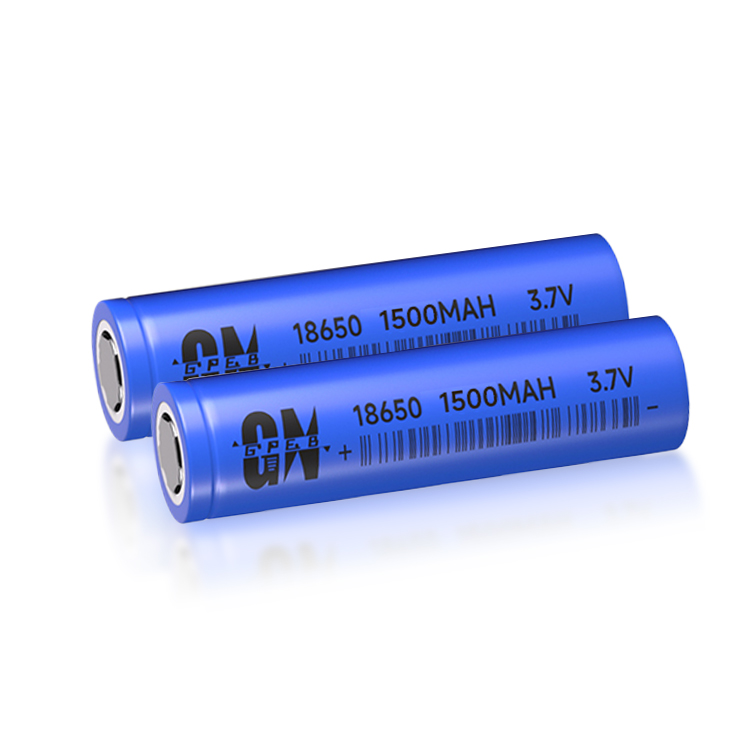

Recently, the Nano-Control and Biomechanics Laboratory of the Institute of Medical Engineering, Shenzhen Institutes of Advanced Technology, Chinese Academy of Sciences, has made new progress in the research and development of flexible perovskite solar cells. Relevant research results are based on Highly flexible, rob... Keywords: Chinese Academy of Sciences, perovskite solar cells, smart electronics.
Recently, the Nano-Control and Biomechanics Laboratory of the Institute of Medical Engineering, Shenzhen Institutes of Advanced Technology, Chinese Academy of Sciences, has made new progress in the research and development of flexible perovskite solar cells. Relevant research results are titled Highly flexible, robust, stable and high efficiency perovskite solar cellssenabled by vanderWaalsepitaxyonmicasubstrate ("Realizing highly flexible, stable and efficient flexible perovskite solar cells through van der Waals epitaxy technology on mica substrates"), published online in "Nano Energy" ( NanoEnergy, 2019, 60, 476-484).
With the rapid development of the smart electronics industry, flexible wearable electronics has become a hot area for the development of electronic components in the future, and power supply is an important component. Currently, power supplies have great limitations on the outdoor usability, large-area fit, and safety of wearable electronics. The demand for wearable electronic textiles continues to increase, so flexible solar cells have received increasing attention. Perovskite solar cells are widely used in the fabrication of flexible batteries due to their high efficiency, low cost, and flexible preparation methods. Flexible substrates are a key factor in determining the performance of flexible perovskite solar cells. The substrates currently used for the preparation of flexible devices are mainly polymer substrates. When the critical bending radius is reached, the transparent conductive layer breaks, resulting in severe attenuation of the photoelectric performance. At the same time, water molecules can easily pass through the polymer substrate, affecting Mechanical and long-term stability of perovskites in batteries.
To solve the above problems, a joint research team from the Laboratory of Nanoregulation and Biomechanics, Shijiazhuang Railway University and Taiwan Chiao Tung University developed a highly flexible, stable and efficient perovskite solar cell (PSC) on a transparent mica substrate. Its optimal photoelectric conversion efficiency (PCE) is 18.0%; the bending radius is as small as 5mm, and it maintains 91.7% of the original efficiency after 5,000 bending cycles. Its excellent performance is mainly due to the van der Waals force between the mica layers, which reduces the mechanical constraints of the substrate on the PSC device, giving it higher mechanical bending performance. This work provides new ideas for the research of flexible batteries.
This work was supported by Shenzhen Peacock Project and others.
Figure (a) is a photo of a flexible battery; Figure (b) is a TEM photo of a cross-section of the device; Figure (c) is the battery performance J-V curve; Figure (d) is the device bending durability test results; Figure (e) is the device fatigue test results ; Picture (f) shows the damp heat test junction (85degC, 85%RH).

Popular recommendation
CR1620 battery.Sharp develops world's highest 37.7% solar cell
2023-10-08NiMH battery packs.Introduction to vacuum distillation recovery technology of scrap nickel-cadmium b
2023-10-09AG9 battery!Canadian scientists are developing quantum batteries that rely on quantum mechanics with
2023-10-08LR43 battery.Laying out flow battery technology, BASF actively explores the energy storage market
2023-10-14R6 Carbon battery.The Australian Standards Association announces new specifications for the installa
2023-10-09AG1 battery.What is the production process of 18650 lithium-ion battery pack?
2023-10-09Which raw materials are mainly used for lithium battery production
2022-11-1018650 battery pack 3.7v.How to maintain 18650 lithium battery.
2023-10-13Nickel Metal Hydride No. 5 battery.Key technologies related to high-temperature nickel-metal hydride
2023-10-08R6 Carbon battery!INNOLITH officially enters the Chinese market. Inorganic electrolyte technology he
2023-10-08LR721 battery.Battery technology is still difficult to break through
2023-10-14LR1130 battery.Wireless charging is often exposed to the basic physical knowledge of the two technol
2023-10-08